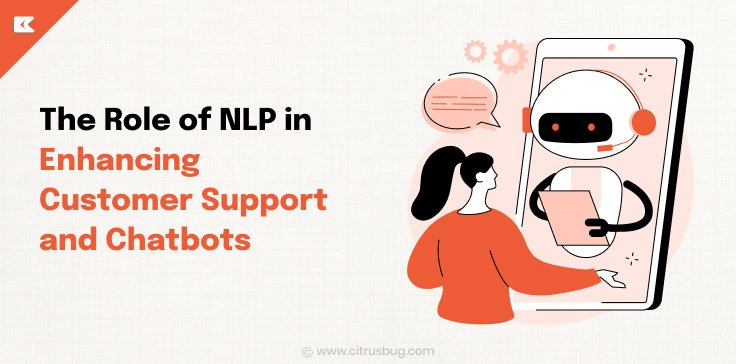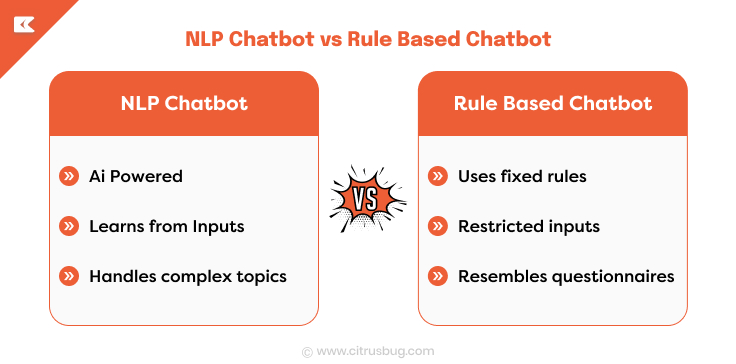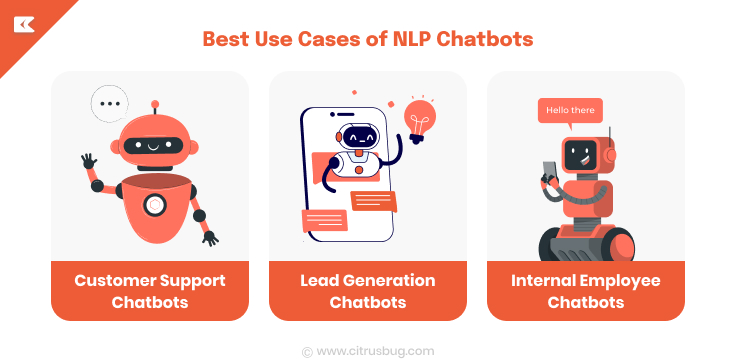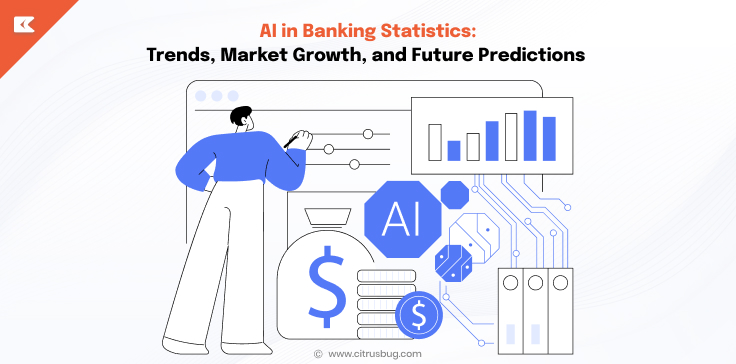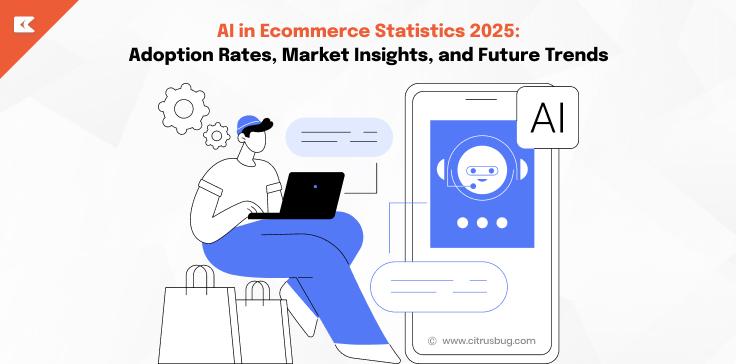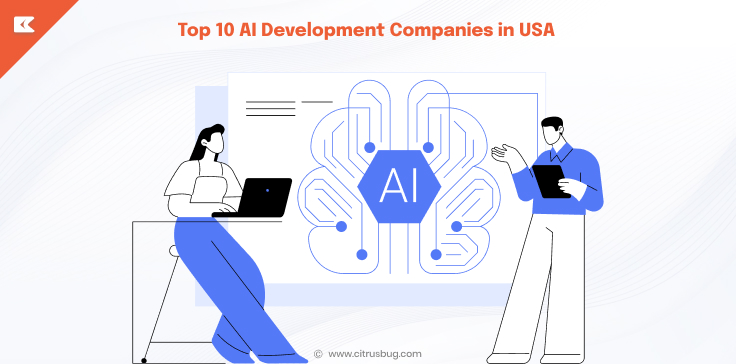The Role of NLP in Enhancing Customer Support and Chatbots
- April 2, 2025
-
2337 Views
- by Ishan Vyas
Natural Language Processing is a revolutionary subset of artificial intelligence that allows machines to read, comprehend, and produce human languages. NLP plays a very important role in augmenting customer interactions in the current era of digitization as it powers smart chatbots and virtual assistants. As more and more businesses are implementing AI-based solutions, NLP-based customer support is transforming the way businesses interact with their customers, providing quicker responses, better accuracy, and better user experiences.
The history of customer service has seen a dramatic shift from the conventional call center and email support to AI-driven chatbots and automated replies. While the old ways were typically time-consuming and labor-intensive, current NLP-based solutions are capable of processing queries in real-time, identifying sentiments, and supporting multiple languages, which translates to enhanced efficiency. The adoption of NLP for chatbots has also gone a long way in simplifying customer interactions to the extent of enabling businesses to provide 24/7 assistance with human precision.
This article explores the impact of NLP in optimizing customer support and chatbot functionalities across various industries, demonstrating how businesses leverage AI to enhance user engagement. High-authority sources like IBM’s advancements in NLP and MIT’s AI research highlight the growing significance of this technology in transforming customer service.
Understanding Natural Language Processing (NLP)
Natural Language Processing (NLP) powers intelligent language-enabled AI software to enable machines to effectively process and react to human language. NLP synthesizes computational linguistics, machine learning, and deep learning to parse text and voice, supporting natural-sounding dialogue in chatbots, virtual assistants, and automatic customer care centers. With a study of syntax, semantics, and context, NLP amplifies the cognitive ability of machines to facilitate natural-sounding communication and efficiency of digital exchanges.
Several key components form the foundation of NLP technology:
- Tokenization is the process of dividing text into smaller segments, i.e., sentences or words, for easier processing.
- Sentiment Analysis assists in determining the emotional tone associated with a piece of text, allowing companies to measure customer satisfaction.
- Named Entity Recognition (NER) recognizes fixed entities such as names, dates, and places, improving information extraction.
- Speech-to-Text and Text-to-Speech translate spoken words into written text and vice versa, improving voice-based AI assistants.
With the progress in AI and deep learning, NLP keeps advancing and making machines proficient in more natural and intuitive discussions. Top organizations such as Stanford’s NLP Group and Google AI take the lead in NLP research, developing innovations in language processing and human-computer interaction.
What differentiates a rule-based chatbot from an NLP chatbot?
NLP chatbots simulate human speech using AI. Because rule-based chatbots do not employ AI, their interactions are less adaptable.
The inventor of rule-based chatbots has established conversational rules that the bots must adhere to. When a user enters a particular command, a rule-based chatbot will generate a pre-written response.
However, the rule-based chatbot won’t be able to respond to any user inquiry that doesn’t fit inside these guidelines.
Natural language is understood by NLP chatbots.
Naturally, natural language can be understood and interpreted by NLP chatbots.
It is possible for an NLP chatbot to interpret a message sent by a user as if it were coming from a human. This comprises:
- Recognising typographical and grammatical errors
- Identifying if a message is an intention or an inquiry
- Registering a user’s mood from their language
As a result, NLP chatbots are much closer to the world of organic human communication. Only a certain number of commands can be correctly answered by a rule-based chatbot.
Components of NLP Chatbot
A Convincing UX
An NLP chatbot’s main goal is to interact with customers. The chatbot won’t be useful unless the speech it is programmed to speak is compelling enough to keep the user engaged in a conversation. Thus, voice design is the most crucial element of an NLP chatbot.
This guarantees that consumers stay focused on the discussion, that the virtual assistant successfully answers their questions, and that they proceed to the next phase of the marketing funnel.
A Learning curve
The degree to which an NLP chatbot comprehends what is being asked of it determines whether or not it can handle human requests. The chatbot gains comprehension skills by using machine learning or the more sophisticated deep learning techniques. A chatbot will seem cold and unproductive when answering consumer questions if this isn’t done correctly.
Natural language processing
Voice search is becoming more popular among consumers. According to a Social Media Today research, 50% of consumers use voice search while looking for products. Because of this, a smart chatbot must have a strong natural language processing (NLP) architecture that allows it to process user requests and respond with pertinent data.
Sentiment processing
NLP chatbots can determine a user’s mood from their voice or text thanks to certain deep learning techniques. This not only aids in assessing the interaction’s sensitivities but also offers appropriate solutions to prevent the situation from becoming out of control.
Understanding multiple languages
It goes without saying that a company with a global presence must offer a similarly varied range of services. An effective way to communicate with customers is through an NLP chatbot that can comprehend and speak in multiple languages. Additionally, this helps a user get comfortable so that he can move forward with the brand conversation without hesitation. A structure like this allows the business to gather higher-quality data.
Administrative analytics
A decent NLP chatbot should contain a module that allows the administrator to access the data it has collected and make any adjustments, even though these chatbots are now more or less independent. This is useful for monitoring bot performance and maintenance tasks as well.
Voice-enabled chatbots
The future lies in these chatbots. While automated phone replies currently rely on pre-recorded human voices or basic text-to-speech systems, next-gen solutions combining an AI voice generator with NLP are revolutionizing customer interactions through dynamic, emotionally-intelligent responses. Technologies like AI phone calls enable chatbots to “talk” to customers via dynamic, human-like phone conversations, delivering personalized responses in real time. This evolution enhances customer experience by offering natural, engaging communication, making it ideal for applications like customer support, lead generation, and upselling, all while reducing operational costs. As this technology evolves, phone carrier lookup will also play a key role in enhancing security by verifying number types and minimizing the risk of fraudulent interactions.
Why NLP for chatbots?
Given how other technologies are developing and how consumers are utilising them to look for brands, natural language processing (NLP) improves and makes any chatbot more applicable for modern application.
NLP improves the customer experience by giving natural speech and humanising the conversation, which is one of the main reasons a brand should equip their chatbots with this technology.
NLP for chatbots also provides the following advantages:
- They are committed to providing pertinent information and are mission-critical.
- It assists in lowering the company’s labour expenses.
- It is well recognised that they increase client satisfaction.
- They are an excellent tool for internal market research and analysis.
Best Use Cases of NLP Chatbots
From enterprise chatbots to small business AI agents, NLP chatbots can be employed in a multitude of use cases due to their versatility. However, NLP chatbots can be used in any conversational setting because of their conversational versatility. They can be made to serve as tour guides, assist with math assignments, or manage a D&D role-playing game.
Customer support chatbots
Customer service chatbots were among the earliest extensively used use cases for chatbots. According to Gartner, a quarter of organisations will use chatbots as their main customer care channel by 2027.
With their 24/7 and multilingual assistance, customer support is an obvious application for NLP chatbots. Customer service teams have delegated the most basic calls to chatbots since the days of conventional rule-based chatbots.
AI automation can now handle more complicated client enquiries, such as purchasing assistance and technical troubleshooting, thanks to the advent of NLP chatbots.
Lead generation chatbots
There are numerous applications for NLP chatbots in an AI-enhanced sales funnel, such as AI lead creation and lead qualification.
With the large number of qualified chats that sales and marketing teams have to sift through, NLP chatbots are ideal for lead generation. A chatbot can communicate via email or other messaging platforms with contacts or engage with website visitors.
To realize their full potential, NLP solutions should be integrated with any pertinent internal systems. A lead generation chatbot must be launched via the most suitable communications channels (email, website, or networks like WhatsApp) and integrated with a business’s CRM and calendar booking system (like Calendly).
Internal employee chatbots
Although the majority of NLP chatbots are used for customer service, more and more businesses are implementing them for internal procedures. HR, IT support, and help with internal duties like documentation are a few examples.
Businesses with a huge workforce are the ones that use these chatbots the most. HR professionals can be relieved by the conversational skills.
Conclusion
Chatbots will soon take over customer service for all enterprises; natural language processing (NLP) has the potential to permanently change the future of customer engagement. It is already happening, and in a smooth manner as well; people are gradually growing accustomed to dealing with chatbots and raising the standard for interaction quality.
The landscape of business-consumer relationships is poised to undergo the anticipated changes brought about by artificial intelligence.
Working with an AI chatbot development company that supports the use of NLP techniques is necessary to take advantage of these advancements in NLP for chatbots. A business has to know how to successfully deploy and upgrade intelligent chatbots.
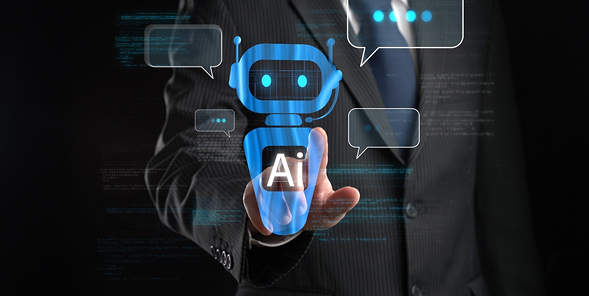

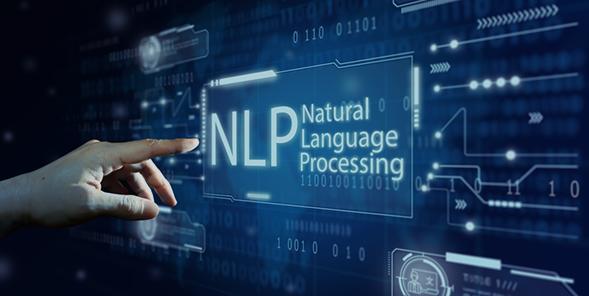


 SaaS Development
SaaS Development Web Application Development
Web Application Development Mobile Application Development
Mobile Application Development Custom Software Development
Custom Software Development Cloud Development
Cloud Development DevOps Development
DevOps Development MVP Development
MVP Development Digital Product Development
Digital Product Development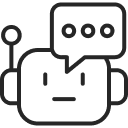 Hire Chatbot Developers
Hire Chatbot Developers Hire Python Developers
Hire Python Developers Hire Django Developers
Hire Django Developers Hire ReactJS Developers
Hire ReactJS Developers Hire AngularJS Developers
Hire AngularJS Developers Hire VueJS Developers
Hire VueJS Developers Hire Full Stack Developers
Hire Full Stack Developers Hire Back End Developers
Hire Back End Developers Hire Front End Developers
Hire Front End Developers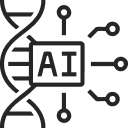 AI Healthcare Software Development & Consulting
AI Healthcare Software Development & Consulting Healthcare App Development
Healthcare App Development EHR Software Development
EHR Software Development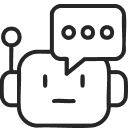 Healthcare AI Chatbot Development
Healthcare AI Chatbot Development Telemedicine App Development Company
Telemedicine App Development Company Medical Billing Software Development
Medical Billing Software Development Fitness App Development
Fitness App Development RPM Software Development
RPM Software Development Medicine Delivery App Development
Medicine Delivery App Development Medical Device Software Development
Medical Device Software Development Patient Engagement Software Solutions
Patient Engagement Software Solutions Mental Health App Development
Mental Health App Development Healthcare IT Consulting
Healthcare IT Consulting Healthcare CRM Software Development
Healthcare CRM Software Development Healthcare IT Managed Services
Healthcare IT Managed Services Healthcare Software Testing services
Healthcare Software Testing services Medical Practice Management Software
Medical Practice Management Software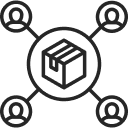 Outsourcing Healthcare IT Services
Outsourcing Healthcare IT Services IoT Solutions for Healthcare
IoT Solutions for Healthcare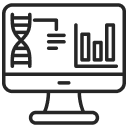 Medical Image Analysis Software Development Services
Medical Image Analysis Software Development Services Lending Software Development Services
Lending Software Development Services Payment Gateway Software Development
Payment Gateway Software Development Accounting Software Development
Accounting Software Development AI-Driven Banking App Development
AI-Driven Banking App Development Insurance Software Development
Insurance Software Development Finance Software Development
Finance Software Development Loan Management Software Development
Loan Management Software Development Decentralized Finance Development Services
Decentralized Finance Development Services eWallet App Development
eWallet App Development Payment App Development
Payment App Development Money Transfer App Development
Money Transfer App Development Mortgage Software Development
Mortgage Software Development Insurance Fraud Detection Software Development
Insurance Fraud Detection Software Development Wealth Management Software Development
Wealth Management Software Development Cryptocurrency Exchange Platform Development
Cryptocurrency Exchange Platform Development Neobank App Development
Neobank App Development Stock Trading App Development
Stock Trading App Development AML software Development
AML software Development Web3 Wallet Development
Web3 Wallet Development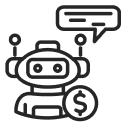 Robo-Advisor App Development
Robo-Advisor App Development Supply Chain Management Software Development
Supply Chain Management Software Development Fleet Management Software Development
Fleet Management Software Development Warehouse Management Software Development
Warehouse Management Software Development LMS Development
LMS Development Education App Development
Education App Development Inventory Management Software Development
Inventory Management Software Development Property Management Software Development
Property Management Software Development Real Estate CRM Software Development
Real Estate CRM Software Development Real Estate Document Management Software
Real Estate Document Management Software Construction App Development
Construction App Development Construction ERP Software Development
Construction ERP Software Development





